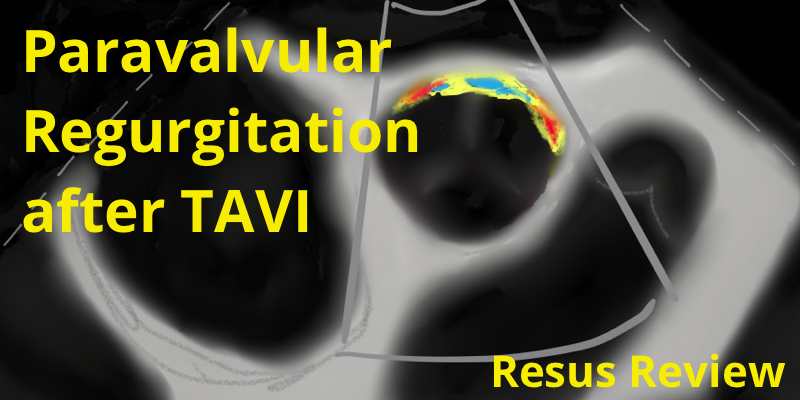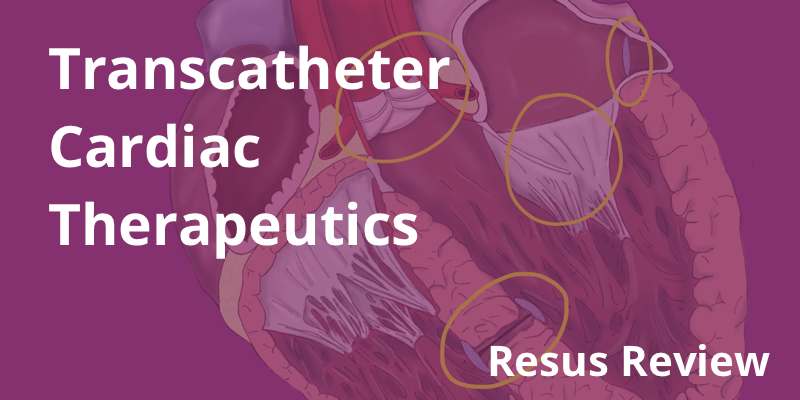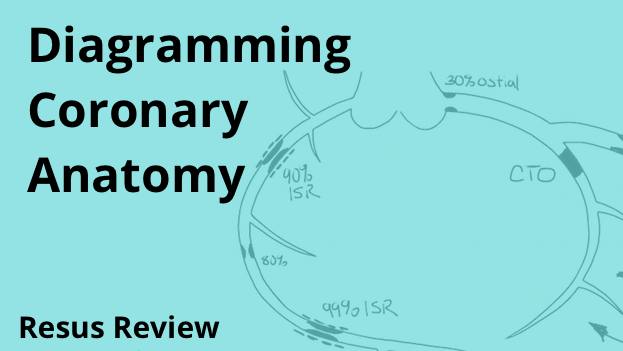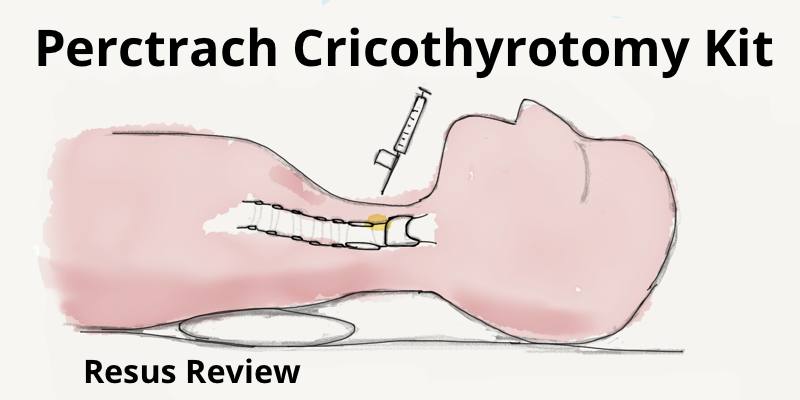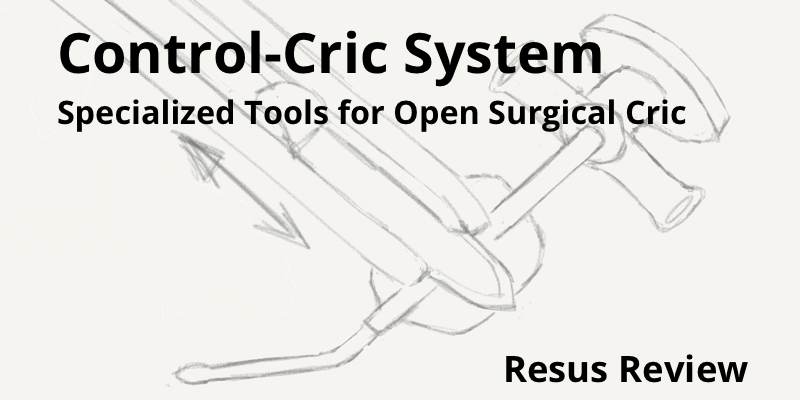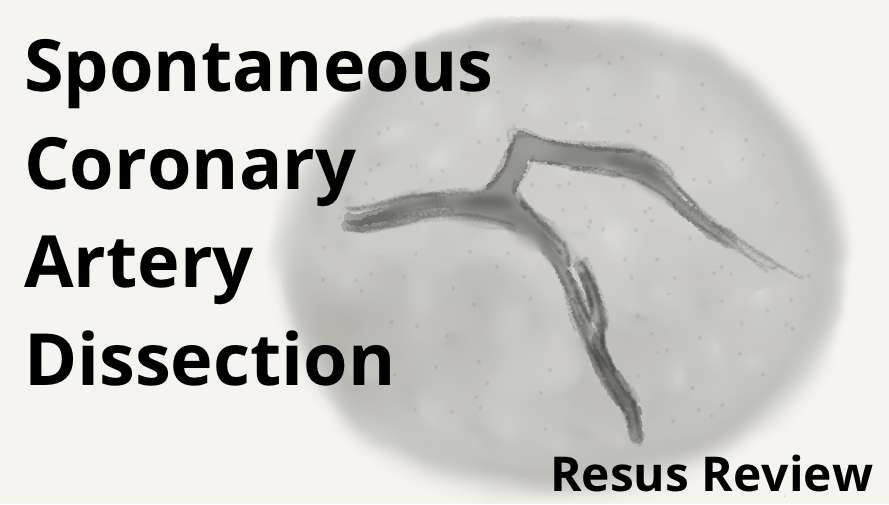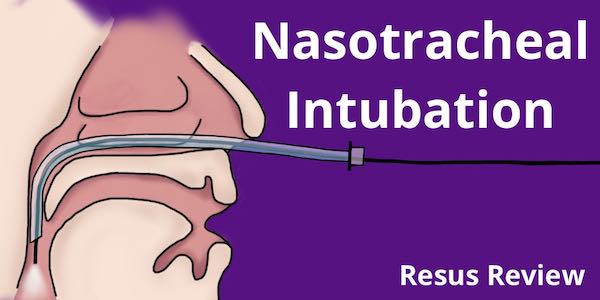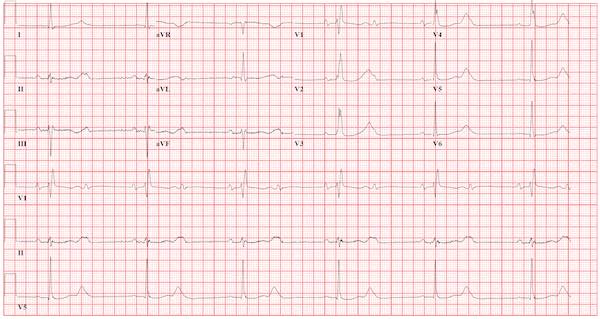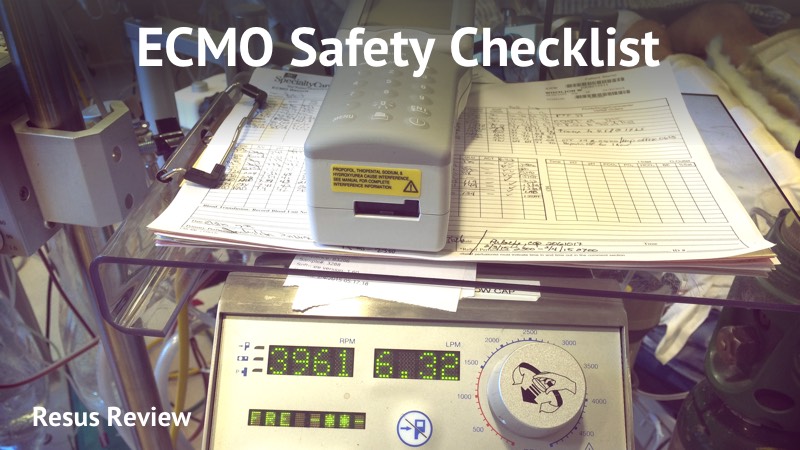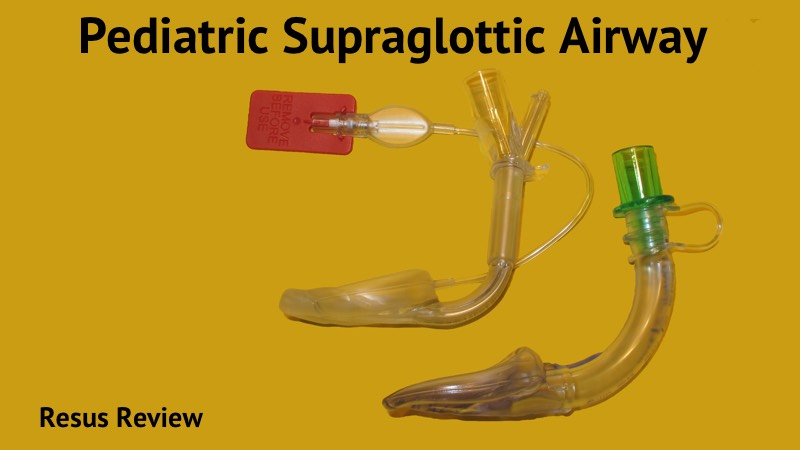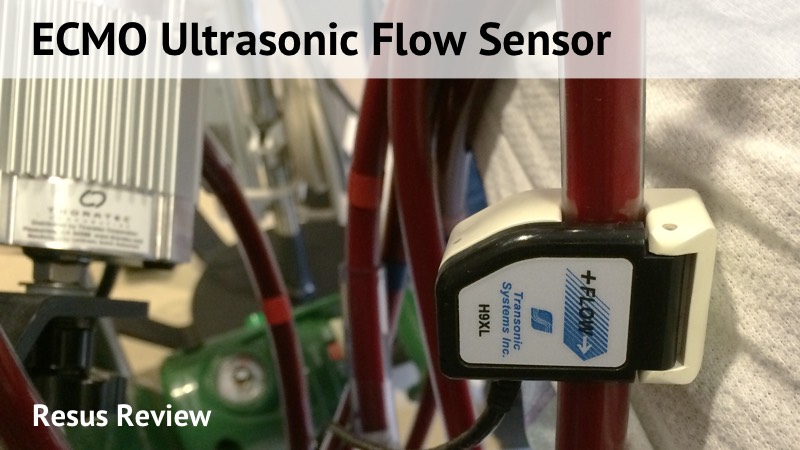Paravalvular regurgitation after transcatheter aortic valve implantation occurs in in over 50% of patients, and correlates with 1-year mortality. The regurgitant jets are best characterized with transesophageal echocardiography to define the circumferential extent and cross-sectional area. Overtime, most the regurgitation decreases, and occasionally disappears completely.
Left main stem disease is associated with significant morbidity and mortality. Coronary artery bypass surgery has been the definitive treatment choice. However, advancements in percutaneous coronary intervention (such as drug-eluting stents and techniques, risk stratification, and intravascular ultrasound) have increased the viability of this treatment option.
Coronary arteries can be difficult to visualize, especially when there are multiple lesions, interventions, and grafting. Diagramming the anatomy allows you to track lesions, stenting, grafts, size size/variation of native arteries. It is a useful technique for your own understanding and facilitating communication.
Intubating and non-intubating supraglottic airways (LMA) for neonates and children are an important tool for managing the emergency pediatric airway. Depending on the product, they have unique features that can help facilitate BVM ventilation, provide gastric suctioning, or allow for intubation directly or over a bronchoscope. Learn how to use the air-Q LMA, LMA Supreme, LMA Fastrach and how they can be incorporated as a critical part of your pediatric airway algorithm.
Understand the workings and tips for best use of ECMO ultrasonic sensors. ECMO centrifugal flow pumps require external sensors to provide accurate measurement of blood flow rates based on differential acoustic transit time due to the Doppler effect. The acoustic mirror of bubbles allow for easy detection of air in the line also.
